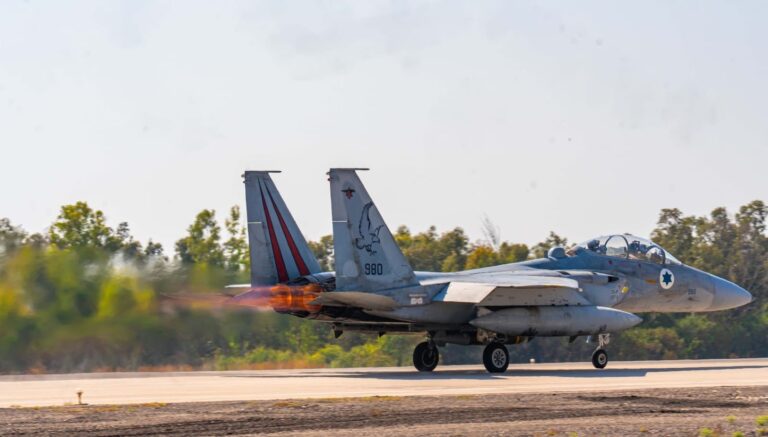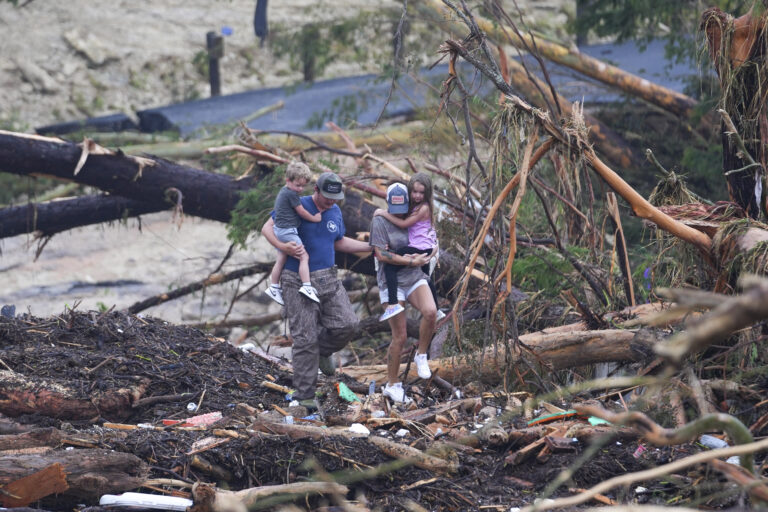 The speculation surrounding a military strike against Iran remains a top news story. The big question is “Are we ready?”
The speculation surrounding a military strike against Iran remains a top news story. The big question is “Are we ready?”
In recent years, the military has spent billions of NIS towards improving the military’s outstretched arm, the air force’s capabilities to strike distant targets. The experts feel that today, the IAF is at an unprecedented level of readiness and striking ability. Much time and expense has been dedicated to perfecting mid-air fueling and other actions that are required if IAF fighter jets are sent on a mission to a far off country. According to many foreign reports, the IDF also has an arsenal of long range accurate surface-to-surface missiles.
An attack against Iran’s nuclear facilities would be a complicated operation, far more complex than Israel’s air strike against the Iraqi nuclear reactor in 1981 or the strike against the Syrian reactor in 2007. Regarding the latter, Israel never accepted responsibility for that aerial assault but Jerusalem is believed responsible.
For one thing, Iraq and Syria were unprepared for an assault. This is not the case regarding Iran. Additionally, the experts do not agree regarding the number of targets but according to the conservative approach, fighter planes would have to effectively strike at least four facilities while evading advanced anti-aircraft systems.
Yediot Achronot reports the IAF will require a minimum of 100 F15 (Ra’am) and F16 (Sufa) fighter jets, which will have to travel far, over 1,300km (780 miles) and dozens of planes will have to refuel in midair. According to American reports Israel does not have a sufficient number of refueling planes for such a mission, so if Israel decides to go ahead without prior US knowledge and cooperation, the situation would become increasingly complicated since if the US is not behind the move, it may not be willing to provide the needed equipment to actualize an assault.
Foreign reports cite three possible aerial routes to Iran, the southern [dangerous] route amid reports Saudi Arabia will down Israeli planes violating its airspace; the northern route via hostile Turkey and Syria with the latter in the midst of a civil war or the NY Times route, perhaps the safest, over Jordan and Iraq. Analysts add Jordan is likely to agree to ‘close its eyes’ to fighter jets and according to reports, Iraqi anti-aircraft capabilities is quite limited and this route would pose the least danger to IAF aircraft.
Realizing the Iranians are prepared the air force is also taking into account that some planes will be fired upon and downed, and pilots taken prisoner, but even if all the planes make it home safely, it is not guaranteed that the mission will succeed in delaying the nuclear program a number of years. It does not appear that anyone expects to eradicate the nuclear program due to the reality there are too many facilities buried too deeply in mountains or underground.
On the homefront the IDF is prepared for a confrontation with Hizbullah in Lebanon and against Hamas and other terror organizations in Gaza. The Arrow system is being relied upon to defend the homefront against long range missile attacks into Israel along with the Iron Dome operating in the south guarding against short range rockets.
Experts feel the IDF is far better prepared along the northern border than in 2006, including both standing and reserve duty forces. The intelligence community had a list of 200 targets in southern Lebanon when the Second Lebanon War began and today, that number has increased to 2,000.
(YWN – Israel Desk, Jerusalem)










